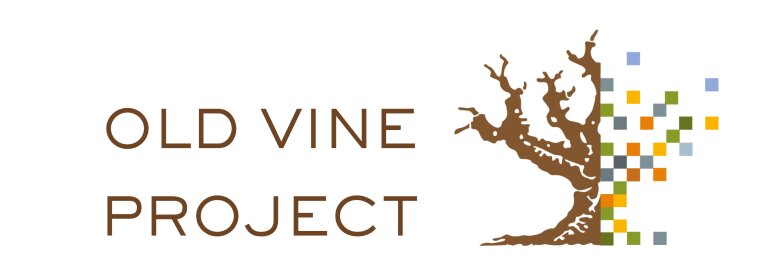Jamie Goode: In praise of the Old Vine Project
By Jamie Goode, 2 December 2022

Over recent years one of the most exciting developments in the South African wine scene has been the emergence of the Old Vine Project, with its certification scheme for wines made from vineyards at least 35 years old. Viticuluralist Rosa Kruger and consultant André Morgenthal have steered this project with great skill, and have managed to bring all the various stakeholders together to create something that has added value to the South African wine offering in a way that no other country has managed. Since the launch of the Old Vine certification seal back in 2018, there has also been a way for consumers to spot the wines made from old vineyards on the shelf.
The potential benefits of this project are numerous, but perhaps the most important is the preservation of top old vineyards that otherwise might be in danger of being pulled up. South Africa’s area under vine has declined for the last couple of decades, and some old vineyards have been casualties of this contraction. Farming needs to be profitable for it to be sustainable, and with their lower yields, older vineyards are in danger if there isn’t a premium for their fruit. Of course, not all old vineyards are good ones, but many are, and most of the fruit from these old vineyards doesn’t fetch a premium and ends up lost in larger blends. The Old Vine Project has the potential to find these grapes a home where their value is recognized.
But before we get too carried away, there are two questions that are worth addressing. Is the age of 35 years legitimate in claiming old vine status? And how powerful is this initiative as a marketing tool?
Of course, there is no point in time where a vine officially becomes old, and you could have a lot of discussions about the legitimate age where we designate old vine status. According to most winegrowers I’ve spoken to, a vine often performs very well in the first couple of years, then enters a sullen adolescent state, before a point around age 10 where the quality suddenly kicks in. Young vines tend to make fruity wines that speak more of the grape variety, while a more mature vine begins to produce wines that speak more clearly of terroir. Of course, a lot will depend on the vineyard site and the viticultural approach, but there seems to be a stage where quality is more consistent and the vine performs better. But no one would call a 15 or 20 year old vine ‘old’. What about a 30 year old vine? Maybe too young to be old too? Thirty-five does seem to be a good point to begin talking about old vines, because it brings many vineyards into the program, whereas setting the bar at 50 years would reduce the potential pool too much. And in the warm, Mediterranean style climate of the Cape winelands, 35-year-old vineyards do look quite old, and behave like old vines – there’s no reason to think that an extra 15 years of age would give extra benefit in addition to that already enjoyed by a 35-year-old vine.
What about marketing? Wines from established stars such as Eben Sadie or the Mullineux family probably have little to gain from the old vine seal on their bottle necks. But for many other producers there’s quite a bit to be had from this endorsement. It’s communicating highly relevant information to their customers, and it’s also potentially opening up a premium price point tier in their range. Rather than put ‘reserve’ or some other unregulated term on the bottle, use of the seal verifies that the wine was made from a specific vineyard or vineyards of at least 35 years of age. This is quite cool. At a recent tasting of Old Vine wines in Stellenbosch, I tried a lot of wines from producers not on my radar, and came away impressed. Suddenly, with the old vine seal, you are part of an important, elevated peer group of producers.
A great example of this benefit is what is happening with the Koelenhof cooperative, who have been making a wine from a Chenin Blanc block owned by the Du Bois family who planted it in 1982, and which is part of the certified old vine scheme. They first made it in 2017, and their goal, explained by winemaker Handré Visagie, was to try to make a big, bold wine. This wine, which retails for R200, has changed the approach of the cooperative. “We weren’t used to making small batch wines,” says Handré. But making such a wine, with the old vine seal, has given them credibility and confidence.
They are just one of the producers who have benefited from the use of the seal. The fact that a wine bears the seal has the potential to be useful to both the consumer and the producer. If I was shopping and came across a bunch of wines with no other information, I’d probably opt for the one with the old vine certification, so it acts as a buying cue. And if I was a producer, working with old vine grapes would give me the encouragement to take a bit more care with them, and then potentially to charge a premium.
Expect to see more innovative work from the Old Vine Project, including efforts to save old vines by transplanting them, and more work on revitalizing old blocks to bring them up to economically sustainable yields. South Africa is lucky to have it.
- Jamie Goode is a London-based wine writer, lecturer, wine judge and book author. With a PhD in plant biology, he worked as a science editor, before starting wineanorak.com, one of the world’s most popular wine websites.








Comments
0 comment(s)
Please read our Comments Policy here.